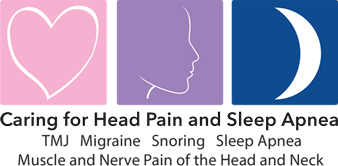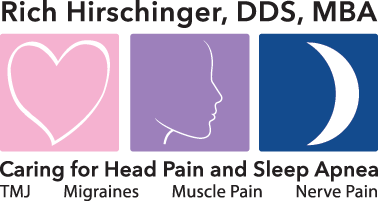

Diplomate American Board of Orofacial Pain
9615 Brighton Way, Suite 323
Beverly Hills, CA 90210
888.981.8981
Sleep Apnea Treatments
More About Sleep Apnea
 There are multiple methods of managing the symptoms associated with sleep apnea. An individual should work with his or her doctor to find a treatment plan that is effective and comfortable. The goal of sleep apnea treatment is to restore ease to breathing during sleep and to alleviate associated symptoms such as excessive daytime tiredness and snoring. By treating sleep apnea, a patient may also reduce associated health risks including heart disease, diabetes, stroke and high blood pressure. Treatment options include lifestyle changes, breathing devices, dental appliances and surgery.
There are multiple methods of managing the symptoms associated with sleep apnea. An individual should work with his or her doctor to find a treatment plan that is effective and comfortable. The goal of sleep apnea treatment is to restore ease to breathing during sleep and to alleviate associated symptoms such as excessive daytime tiredness and snoring. By treating sleep apnea, a patient may also reduce associated health risks including heart disease, diabetes, stroke and high blood pressure. Treatment options include lifestyle changes, breathing devices, dental appliances and surgery.
Some individuals with sleep apnea find symptoms alleviated through lifestyle changes. Sleeping position can have an effect on keeping airways open. Sleeping on one's side may exert less pressure on the breathing passages than sleeping on ones back. Alcohol and some sleep medications may cause sleep apnea symptoms to worsen by relaxing the muscles that line air pathways, so reducing or eliminating these substances may improve sleep apnea. Overweight sufferers may be able to lessen throat collapse by losing weight. Smokers may find sleep apnea improves after quitting. Some nasal sprays, allergy medicines, or over-the-counter remedies can help keep airways more open during sleep.
Dental appliances or oral appliances may also help relieve the closed air passageways that trigger sleep apnea. A device worn in the mouth controls the position of the tongue and lower jaw, keeping the throat more open during sleep. There are a number of custom-fitted dental appliances that can be made by a dentist trained in sleep apnea that can be worn by a patient who is diagnosed with the disease. An individual should consult with his or her dentist to make adjustments to the device in cases of discomfort, to maintain effectiveness through correct positioning, or if any bite changes occur.The most common treatment for mild to severe sleep apnea is the continuous positive airway pressure device, or CPAP. This device keeps the airway open by exerting air pressure in the mouth and throat. A constant stream of low-pressure air is blown into the throat via a mask worn over the mouth and nose or more typically just the nose. The air presses the walls of the throat open, preventing collapse or blockage of the breathing passage.
There are many types of CPAP devices, and an individual should consult with his or her doctor to find the combination of mask and machine that works best. A CPAP device may require periodic adjustment and maintenance in order to ensure optimal effectiveness.
Surgical solutions to sleep apnea seek to increase the size of the airway by removing or shrinking tissue or to support the lining of the throat to prevent the collapse that occurs with muscle relaxation. Physically removing the tissue with surgery is one procedure that may be appropriate. A series of shots to shrink excess tissue may also be effective or the air passageway may be supported by a piece of stiff plastic inserted under the tissue. A doctor evaluating the exact cause of an individual's sleep apnea condition can only determine the procedure most appropriate for a patient.






